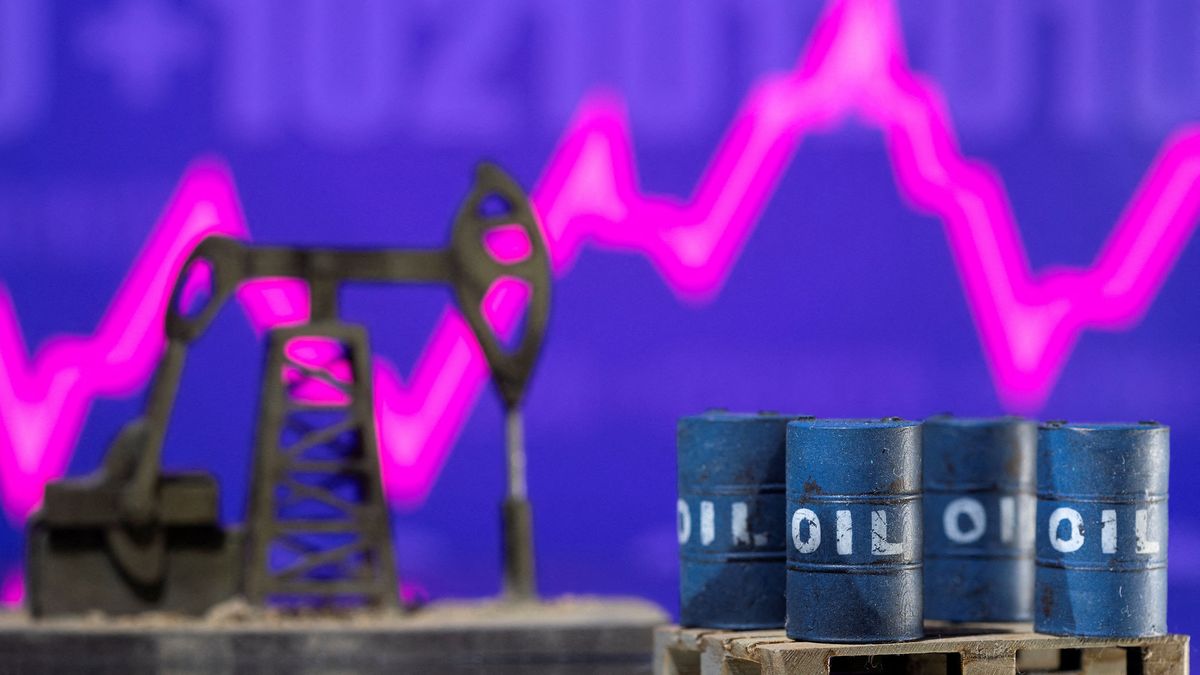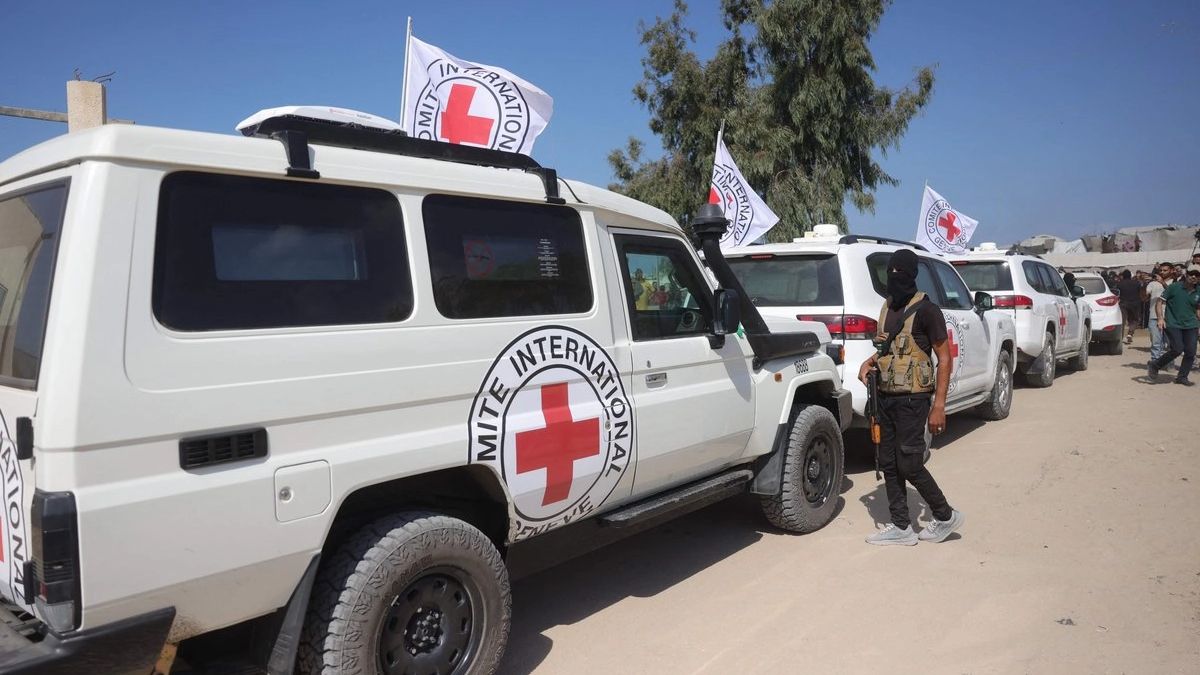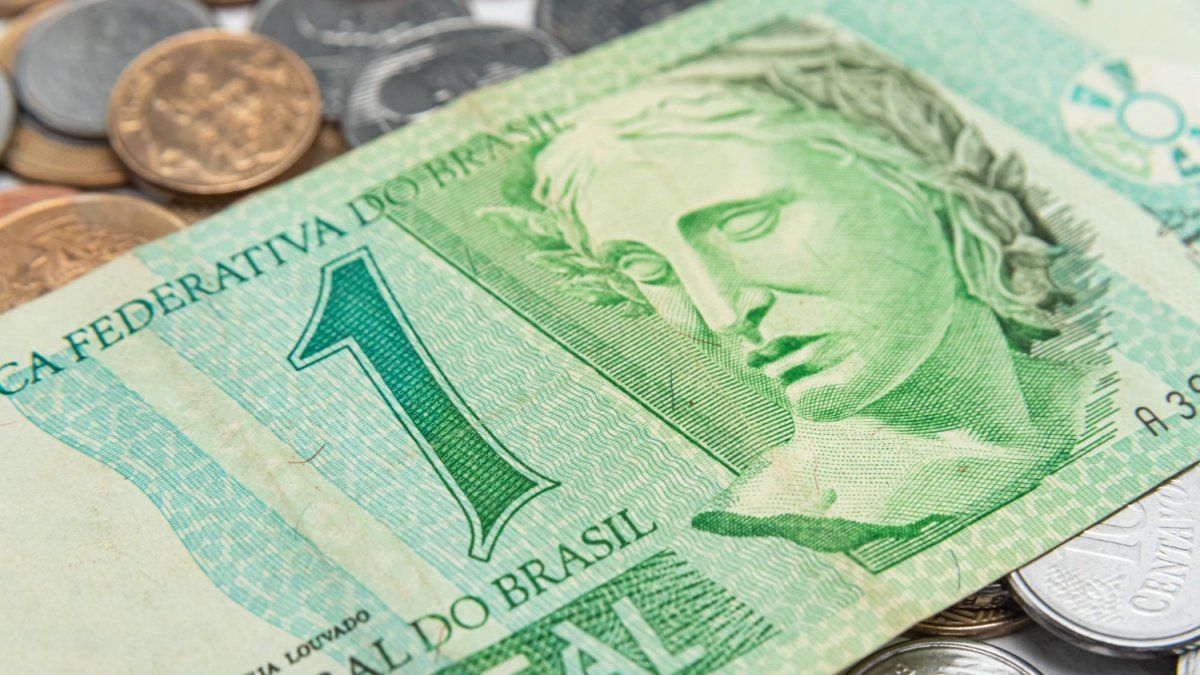Despite the first forecasts, oil prices continue to fall and oscillate around the 70 dollar axis, both Brent and WTI.
The oil prices continue to fall in the international market despite forecasts not so distant in time that indicated considerable increases in values, driven by the war between Israel and Hamas. In Uruguay, may be good news given the possibility of maintaining – or even lowering – the prices of fuels and, in turn, the values of inflation.
The content you want to access is exclusive to subscribers.
He Petroleum fell on Thursday to its lowest levels since July while the collapse in Western transactions continues due to lower demand for crude oil by the main world powers, USA and China.


For its part, the barrel of Brent oil came to be traded $77.5 yesterday afternoon; Meanwhile he West Texas Intermediate (WTI) hit lows of 73 dollars. Although today they seem to be advancing on positive ground—Brent oscillates around $78.6 a barrel and WTI around $74—the accumulated fall draws attention.
Above all, if one considers that after starting the war in middle East After the terrorist attacks in Israel and the country’s war response, forecasts indicated that oil would exceed $100. Today, a month later, it is listed on the 70 dollar axis.
What is observed from Uruguay?
that the price of Petroleum in the lower world – especially Brent – is good news for Uruguay that, since the implementation of the Import Parity Price (PPI) As a pricing regime for fuels, it considers the international behavior of the value of crude oil for the construction of local rates.
Likewise, it is especially favorable in the current situation, marked by two particular events: on the one hand, the maintenance stop at the refinery The Tile that prevents us from continuing to have the wide margins of the National Administration of Fuel, Alcohol and Portland (Ancap) which allowed the sharp price increases to be contained during the year. And, on the other, the efforts to maintain the inflation inside of the target range that may be diminished by the increase in fuel prices.
Another auspicious fact for the country is that, along with the prices of Petroleum, also collapsed international gasoline priceswith falls even greater than those of crude oil: 33% in the last quarter.
Although there are still two weeks before the Executive power must decide what to do regarding the rates at the pumps, the current scenario is positive so that Uruguayans do not see an increase in a product that already has the highest prices in the region.
Source: Ambito




